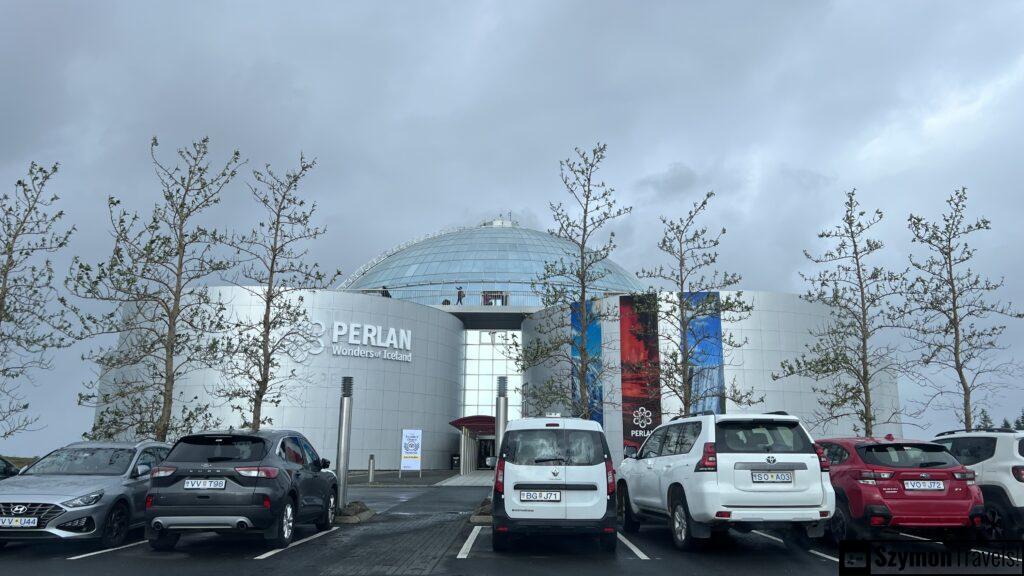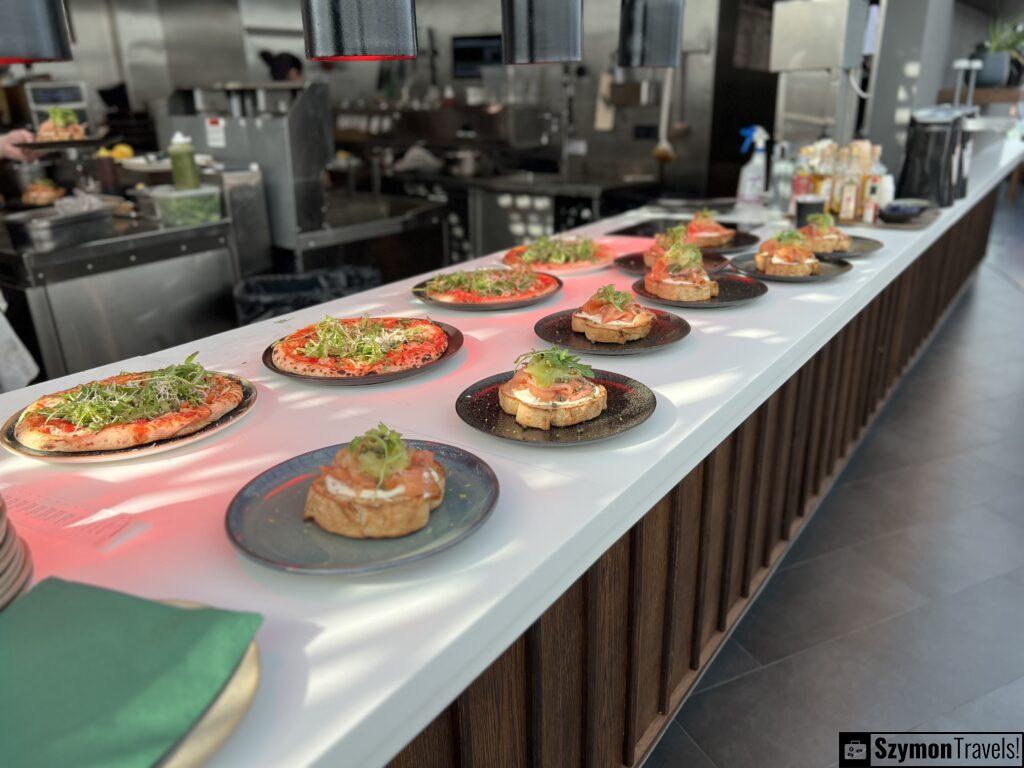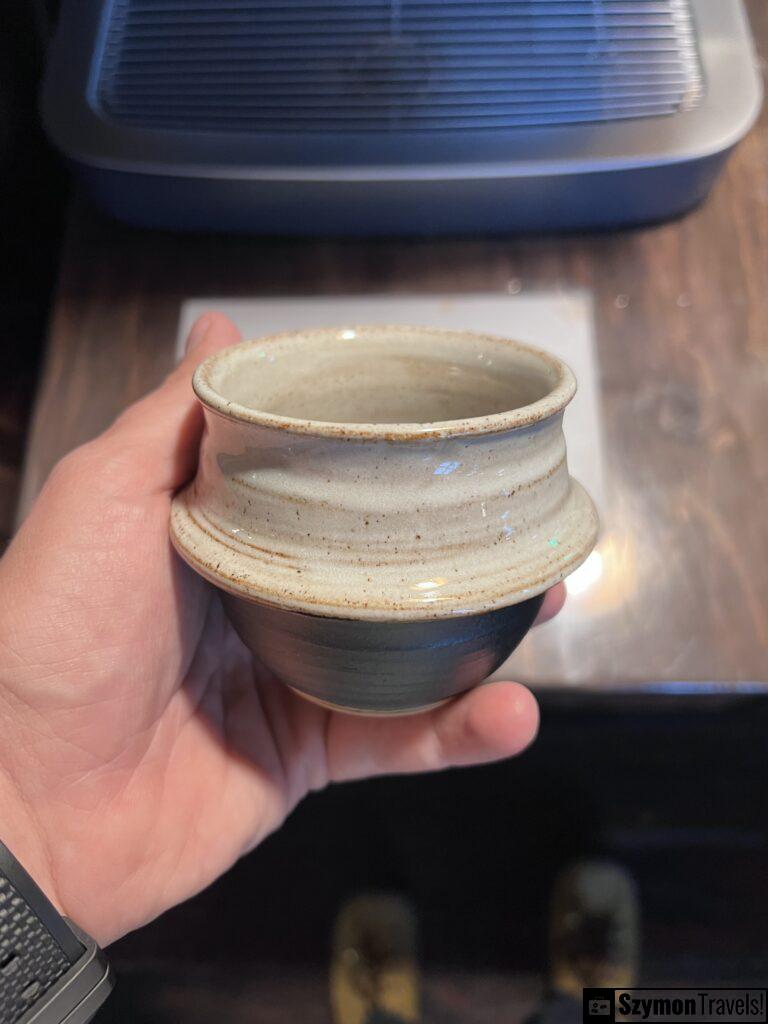Explore further for an in-depth guide on Reykjavik’s hidden gems, must-visit attractions, and detailed itineraries. Discover insider tips and recommendations to make the most of your Reykjavik adventure. Uncover the city’s captivating history, best local spots, and secrets that will truly enrich your Icelandic journey. Click here to uncover the full Reykjavik experience.
Introduction
Welcome to Reykjavik, the vibrant capital city of Iceland. Known for its stunning natural landscapes, rich history, and unique culture, Reykjavik offers an array of practical amenities and attractions for visitors.
Getting to Reykjavik
Reykjavik is served by Keflavik International Airport, located approximately 50 kilometers southwest of the city center. Multiple transportation options, including buses, shuttles, taxis, and rental cars, are available for travel between the airport and Reykjavik.
Hallgrímskirkja

Although the Hallgrímskirkja’s construction got underway in 1945, the church’s concept dates back much earlier. Gu?jón Samúelsson, the state architect, drew inspiration for the design from Iceland’s natural landscapes and formations. The building was not completed until 1986, taking several decades to complete.
The Passion Hymns’ author, Icelandic poet and clergyman Hallgrímur Pétursson, is honored by the church’s name. At an impressive height of roughly 74.5 meters (244 feet), the Hallgrímskirkja is Iceland’s tallest building and one of the nation’s most iconic structures.

Its unusual architecture is reminiscent of the basalt lava flows that are frequently seen in Iceland’s natural settings. The church’s façade, which contrasts sharply with the traditional church architecture found in many other parts of Europe, is a blend of modern and neo-Gothic styles.
The enormous pipe organ inside the Hallgrímskirkja, built by German organ builder Johannes Klais of Bonn and installed in 1992, is one of the building’s most notable features. With more than 5,200 pipes and a stellar reputation for acoustics, this organ is a well-liked location for concerts and musical performances.

The church is still a major hub of Reykjavik’s religious and cultural life, drawing tourists from all over the world who come to see its striking architecture and take in the expansive city views from the top of its tower.

The Hallgrímskirkja, also known as the “White Church” because of its white exterior, is a beloved and iconic feature of Reykjavik’s skyline that represents both faith and Icelandic national identity.

Because of Hallgrímskirkja’s central location and popularity among tourists, parking around the popular attraction can be a bit limited. Nevertheless, guests who would like to park their cars while at the church have a few options:
- Hallgrímskirkja Parking Lot: There is a small parking lot at the church, but there may not be enough room, particularly during the busiest times of day. If you’re fortunate enough to find a spot that’s open, it might be a good choice.
- On-Street Parking: There are pay-and-display on-street parking spots nearby. Make sure you look for any restrictions on parking signs and take note of any time limits and costs

Walk the streets
You’ll begin your walk to the Punk Museum, which is situated in the center of Reykjavik’s downtown, from the Hallgrímskirkja parking lot. As soon as you emerge from the parking lot, the church’s stunning architecture will encircle you. Pause to appreciate the striking architecture and the cityscape from this higher vantage point.

After leaving the church, head down Skólavör?ustígur, a bustling street brimming with eateries, retail stores, and galleries. Local creativity and culture are concentrated in this quaint and energetic area. One might be enticed to peruse the boutiques’ distinctive Icelandic designs or to have a cup of coffee in one of the welcoming cafes.


If you proceed down Skólavör?ustígur, you will eventually come to an end where it merges with Laugavegur, which is one of Reykjavik’s main shopping avenues. There are many stores, eateries, and bars in this area that provide a taste of Reykjavik’s urban lifestyle as well as a variety of regional and international cuisines.

As you enter the Punk Museum, you’ll dive into the history of Iceland’s punk music scene. The museum is a treasure trove of artifacts, photographs, and stories that chronicle the country’s unique punk culture, including the birth of various punk bands and their impact on Icelandic society.
Reykjavik port

Reykjavik’s port stands as a bustling hub where maritime activities intertwine with the city’s heartbeat. Situated along the coastline, it’s a gateway to the North Atlantic, facilitating trade, fishing, and welcoming cruise ships during the summer. Beyond its commercial significance, the harbor area teems with seafood restaurants, cafes, and serves as the starting point for recreational activities, from whale watching to leisurely strolls, offering visitors a vibrant taste of Reykjavik’s maritime life and cultural charm.

Reykjavik’s B?jarins Beztu Pylsur

The history of the hot dog stand at Baejarins Beztu Pylsur in Reykjavik is rich in Icelandic culture and is both fascinating and storied. Established in 1937, this modest yet recognizable hot dog stand has gained the reputation of being “the best hot dog in town” and has grown into a legendary dining destination.

Translating to “the best hot dogs in town,” B?jarins Beztu Pylsur is well-known for its flavorful and straightforward hot dogs. The hot dogs are topped with traditional condiments like ketchup, sweet brown mustard, remoulade, and crispy and raw fried onions. They are made with a blend of lamb, pork, and beef.

Despite its modest appearance, this hot dog stand has become well-known throughout the world, mostly because of its appeal to the locals and the famous people that have visited it, such as celebrities and world leaders. Notably, when former US President Bill Clinton went, he reportedly said the hot dogs were the best he had ever had.

Thanks to its delicious offerings and unpretentious charm, the stand has become a beloved landmark in Reykjavik. Baejarins Beztu Pylsur is a must-visit location for anyone visiting the city, whether they are tourists looking for a true taste of Icelandic street food or locals just looking for a quick lunch.
These hot dogs, known for their history, simplicity, and delicious delight, have made B?jarins Beztu Pylsur an iconic representation of Icelandic culture.

Baejarins Beztu Pylsur is a beloved culinary landmark in Reykjavik and an enduring symbol of Icelandic culture due to its simplicity, history, and delicious delight. The stand continues to draw customers who want to savor not just a hot dog but also a bit of tradition and history with every bite.
Perlan

Reykjavik, Iceland’s Perlan, also known as “The Pearl” in Icelandic, is a unique and noteworthy landmark. This iconic building offers visitors a multifaceted experience by fusing architecture, technology, and nature.

Perlan, perched on top of Öskjuhlí? Hill, is made up of a glass dome supported by six enormous hot water tanks?an idea that cleverly turned these tanks into an architectural wonder. The structure is a popular attraction for both locals and visitors, serving as a rotating glass dome restaurant and exhibition space.

Past Events and Goals
Perlan was initially constructed in the early 1980s with the intention of housing the hot water storage tanks for the city. But it changed at the beginning of the 1990s, and under the glass dome now there is a museum, an exhibition area, and a viewing platform. The building was transformed into a center for the environment and culture.
Exhibitions and Museums

Inside, Perlan hosts various exhibitions that showcase Iceland’s natural wonders, such as glaciers, volcanoes, and geothermal energy. The museum also features interactive displays and educational materials that delve into the country’s unique geological and environmental aspects.


Reykjavik Perlan restaurant
Situated within the iconic glass dome atop Öskjuhlí? Hill, the restaurant at Perlan features a rotating platform, slowly turning 360 degrees every two hours, giving diners an ever-changing view of Reykjavik, the nearby mountains, and the Atlantic Ocean. This revolving dining experience creates a memorable atmosphere, allowing patrons to enjoy their meal while witnessing different perspectives of the city and its surroundings.



Reykjavik Hotel Viking


If you want to feel like a Viking, I recommend staying at the Viking Hotel. It is an object that was built with the spirit of the Vikings. You can spend the night in one of the houses, which are two-story, wooden and very Viking-like, or in hotel rooms.

We chose cottages. Next to the houses there is a restaurant which, like everything else around, reminds us of a journey into the world of the Vikings.

Breakfast is included in the price and the staff wears stylish clothes. The entire room resembles the far north, you can drink coffee from handmade mugs.



